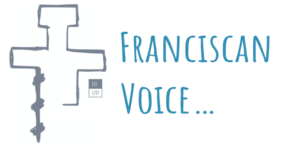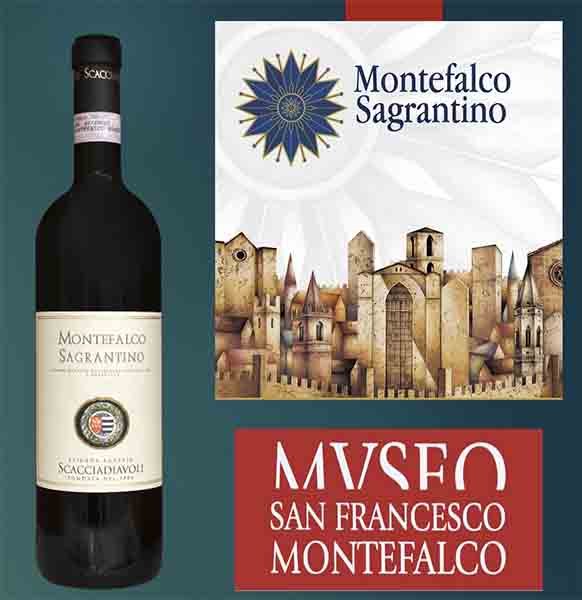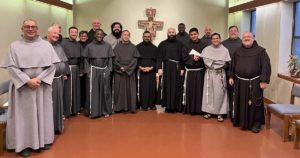Franciscan Vintners
Montefalco, Italy
The hilltop town of Montefalco has always been closely associated with its neighbor, Assisi – a short distance north. As early as 1215, the friars had established a hermitage here just outside the city walls. By 1335, the friars were welcomed to build a church and friary within the walls, naming it after their founder, San Francesco. In the mid-15th century, the friars commissioned the famed Renaissance artist, Benozzo Gozzoli (1421-1497), to fresco the “Life of St. Francis.”
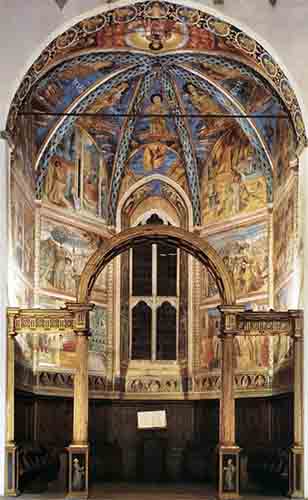
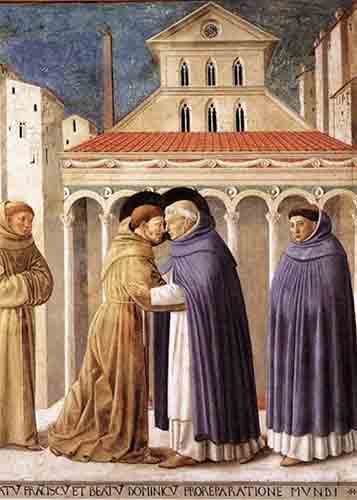
But besides their art commissions, their charity, education, and advocacy, by the late 1600s the friars’ wine cellars were known to be the largest in Montefalco.
The complex of San Francesco was confiscated in 1863 during the Risorgimento and transformed into a civic museum by 1895. In 2006, a new exhibit in the undercroft was opened to the public displaying winemaking products that honor the vintner skills of the friars and that highlights their Montefalco Sagrantino secco. The indigenous Sagrantino grape has the highest tannic levels of any variety in the world. Sagrantino has sweet and savory notes of plums, black pepper, strawberry, cinnamon, and mushrooms. It is a brooding ink-purple wine that was initially cultivated by the friars for the altar but has since become a favorite as either a dinner or dessert wine.
In 2002, the Mosby Winery of Buellton (Santa Barbara) imported some Sagrantino cuttings and tended the vines for four years until finally in 2006, this family became the first American producer of this ancient variety.
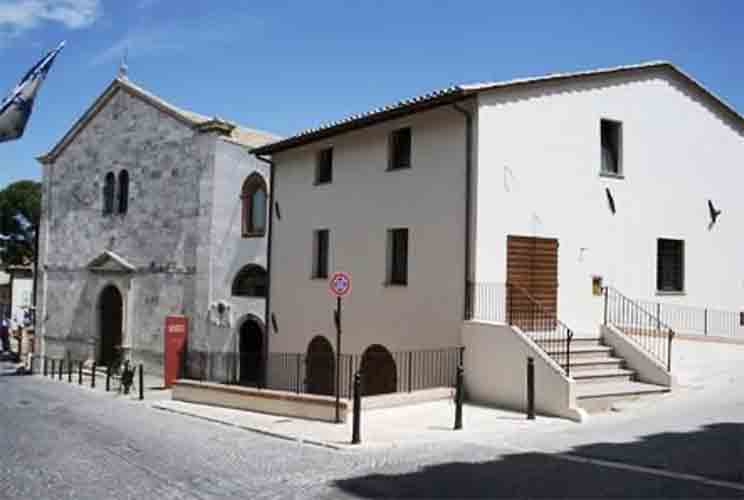
(Excerpt from the presentation “Franciscans & Culture”
by friar Joseph Wood OFM Conv.)
